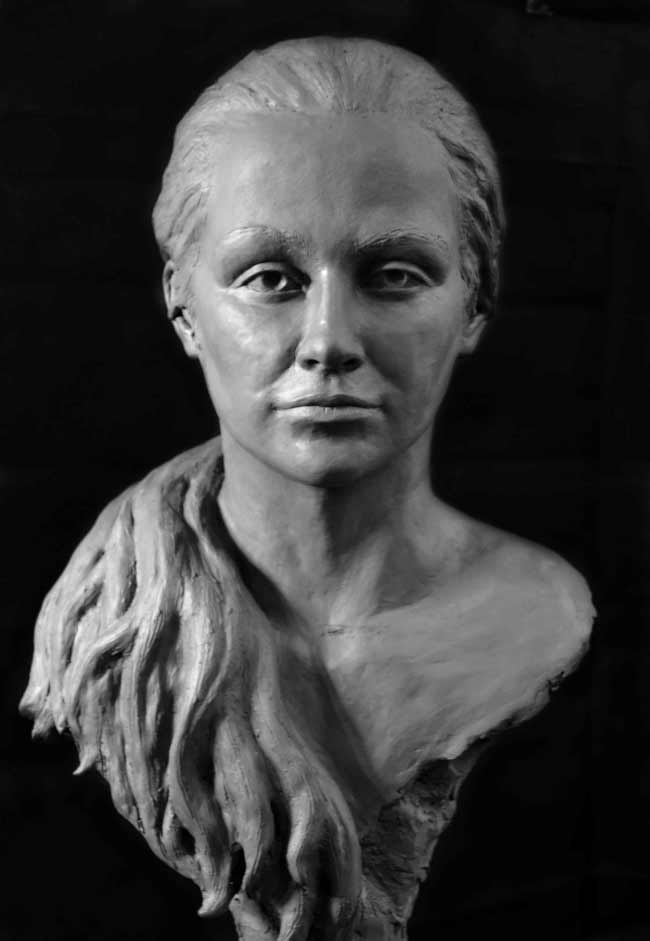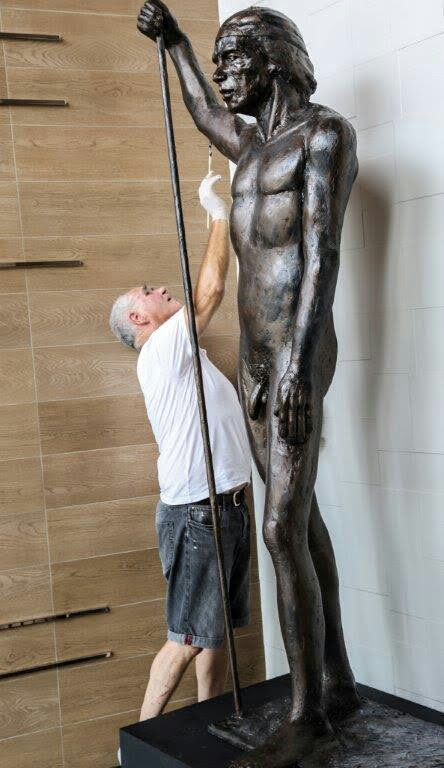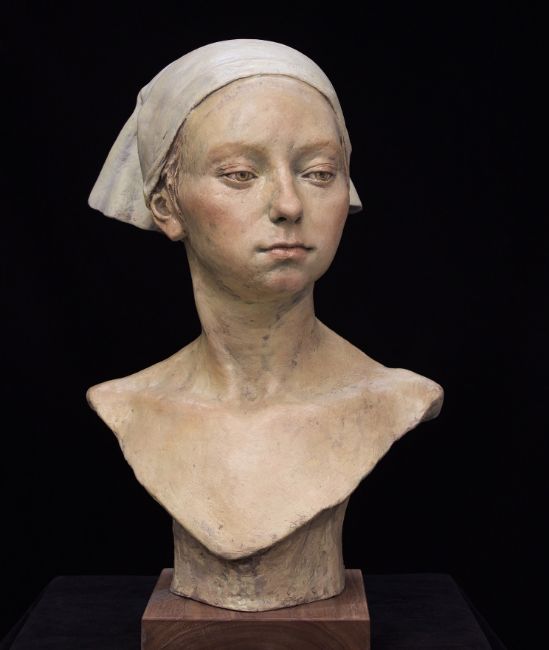Eternal Beauty in Bronze: Unveiling the Art of Bronze Sculptures
Wiki Article
Forming the Human Form: Representations of the Body in Sculpture
Sculpting the Human Kind: Portrayals of the Body in Sculpture is a thorough exploration of the artistic depiction of the human body throughout history. From the splendid marble sculptures of old Greece to the elaborate work of arts of the Renaissance, from the elaborate and flamboyant Baroque and Rococo sculptures to the progressive and abstract expressions of contemporary and contemporary sculpture, this event uses a captivating journey with the advancement of this timeless art form.Old Greek Sculptures

Among the specifying qualities of Ancient Greek sculptures is their emphasis on symmetry. Each part of the body is carefully crafted to be in percentage to the whole, developing a sense of balance and consistency. The carvers paid mindful interest to every detail, from the placement of muscular tissues to the positioning of arm or legs, making certain that each figure appeared both graceful and powerful.
Instead than depicting the blemishes and defects of the human type, they sought to create an idyllic variation of reality. The sculptures often represented goddesses, athletes, and gods, with their bodies shaped to perfection.
Renaissance Masterpieces
Proceeding the exploration of the portrayal of the human kind in sculpture, Renaissance masterpieces even more fine-tune the idyllic concept of appeal, building upon the symmetrical and harmonious percentages of their Ancient Greek precursors. During the Renaissance period, which spanned from the 14th to the 17th century in Europe, musicians looked for to revitalize the timeless suitables of old Greece and Rome. They researched and imitated the jobs of the ancient masters, pursuing a practical depiction of the human body.
One of one of the most distinguished Renaissance artists was Michelangelo Buonarroti. His work of art, the sculpture of David, exhibits the perfection and elegance that became associated with Renaissance art. Standing at over 17 feet high, the sculpture depicts the scriptural hero in a state of calmness prior to his fight with Goliath. David's muscular body, recorded with exceptional information, discloses the artist's proficiency of human anatomy.
Another remarkable Renaissance sculptor was Donatello. His sculpture of Saint George, developed in the early 15th century, showcases the musician's ability to communicate toughness and nobility with the human kind. The statue shows the legendary dragon-slaying saint in a poised and certain position, emanating a feeling of heroism.
Renaissance masterpieces not only commemorated the physical elegance of the body but likewise conveyed deeper meanings and feelings. Via their precise attention to information and skilled craftsmanship, Renaissance carvers elevated the art of sculpture to new elevations, leaving a lasting legacy that continues to influence musicians to now.
Baroque and Rococo Sculpture
Baroque and Rococo sculpture exhibits the luxuriant and lavish representation of the human type during the 17th and 18th centuries. Artists such as Gian Lorenzo Bernini and Alessandro Algardi produced sculptures that shared movement, typically portraying numbers in dramatic presents.
Rococo sculpture, on the other hand, arised as a reaction to the grandiosity of the Baroque period. They frequently depicted figures in sensuous and elegant poses, mirroring the lighthearted and wayward nature of the Rococo design.
Both Rococo and baroque sculpture positioned a wonderful focus on the human type, celebrating its appeal and sharing a variety of feelings - Portrait Sculptor. Whether it was the dynamic and powerful figures of the Baroque or the elegant and enchanting figures go to these guys of the Rococo, these sculptures recorded the essence of the human experience, leaving a long-term effect on the art world
Modern and Contemporary Sculpture
The advancement of shaping the human kind proceeds in contemporary and contemporary sculpture. Modern sculpture emerged in the late 19th century as an action to the altering social and political landscape.In the 20th century, the increase of abstraction and conceptual art brought brand-new opportunities for sculptors. Musicians like Henry Moore and Barbara Hepworth checked out the partnership in between kind and area, producing abstracted and organic figures that challenged standard ideas of depiction. Moore's monumental bronze sculptures and Hepworth's carved stone jobs are commemorated for their cutting-edge usage of products and their capability to stimulate a feeling of the body in a non-literal means.
Contemporary sculpture remains to push the boundaries of representation and check out new materials and methods. Artists like Antony Gormley and Ron Mueck produce hyper-realistic sculptures that test our understanding of the body, while others, such as Louise Bourgeois and Kiki Smith, make use of the body as an allegory for cumulative and individual experiences. The human type stays a powerful subject in sculpture, offering a platform for artists to check out identification, feeling, and the human problem.
Cultural Point Of Views on the Human Body

In the expedition of forming the human type, the evaluation of cultural viewpoints on the body reveals a rich and diverse tapestry of representations and interpretations. Throughout history, different cultures have actually held special beliefs and values relating to the body, causing distinct artistic expressions - Equine Sculptures. These social point of views shape the method the body is shown and viewed in sculpture, mirroring social standards, religions, and visual suitables
For instance, ancient Greek sculptures commemorated the idyllic human type, emphasizing physical elegance and athleticism. In comparison, old Egyptian sculptures focused on the preservation of the body in the immortality, illustrating figures with idealized functions and inflexible stances.
Likewise, cultural viewpoints on the body in African art typically highlight common identification and spiritual ideas (Contemporary Sculptures). Sculptures from various African societies illustrate the human body with exaggerated attributes, signifying social worths and ancestral links. Native cultures in the Americas likewise have distinct point of views on the human body, usually portraying it in a spiritual context and stressing the connection between human beings and nature
The evaluation of cultural point of views on the human body in sculpture allows us to gain insight into the worths, ideas, and aesthetic appeals of different societies throughout history. It highlights the diversity of human experiences and the means in which art mirrors and forms our understanding of the human kind.

Final Thought
In verdict, the portrayal of the body in sculpture has advanced with time, reflecting different cultural viewpoints and imaginative motions. From the idealized numbers of Old Greek sculptures to the realistic and emotive Renaissance work of arts, and the detailed details of Baroque and Rococo sculptures, to the abstract and experimental forms of modern-day and contemporary sculpture. The body has been a topic of fascination and imaginative expedition throughout history, showcasing the diverse interpretations and expressions of the human form.Sculpting the Human Form: Portrayals of the Body in Sculpture is a comprehensive exploration of the creative depiction of the human body throughout background. From the exquisite marble sculptures of ancient Greece to the complex masterpieces of the Renaissance, from the elaborate and flamboyant Baroque and Rococo sculptures to the avant-garde and abstract expressions of modern-day and modern sculpture, this exhibit supplies a fascinating journey with the evolution of this timeless art type. Musicians like Antony Gormley and Ron Mueck develop hyper-realistic sculptures that test our perception of the human body, while others, such as Louise Bourgeois and Kiki Smith, make use of the body as a metaphor for collective and personal experiences. The human form remains a powerful subject in sculpture, offering a platform for musicians to discover identity, emotion, and the human condition.
From the idyllic numbers of Ancient Greek sculptures to the realistic and stirring Renaissance work of arts, and the intricate details of Baroque and Rococo sculptures, to the abstract and speculative kinds of modern and contemporary sculpture.
Report this wiki page